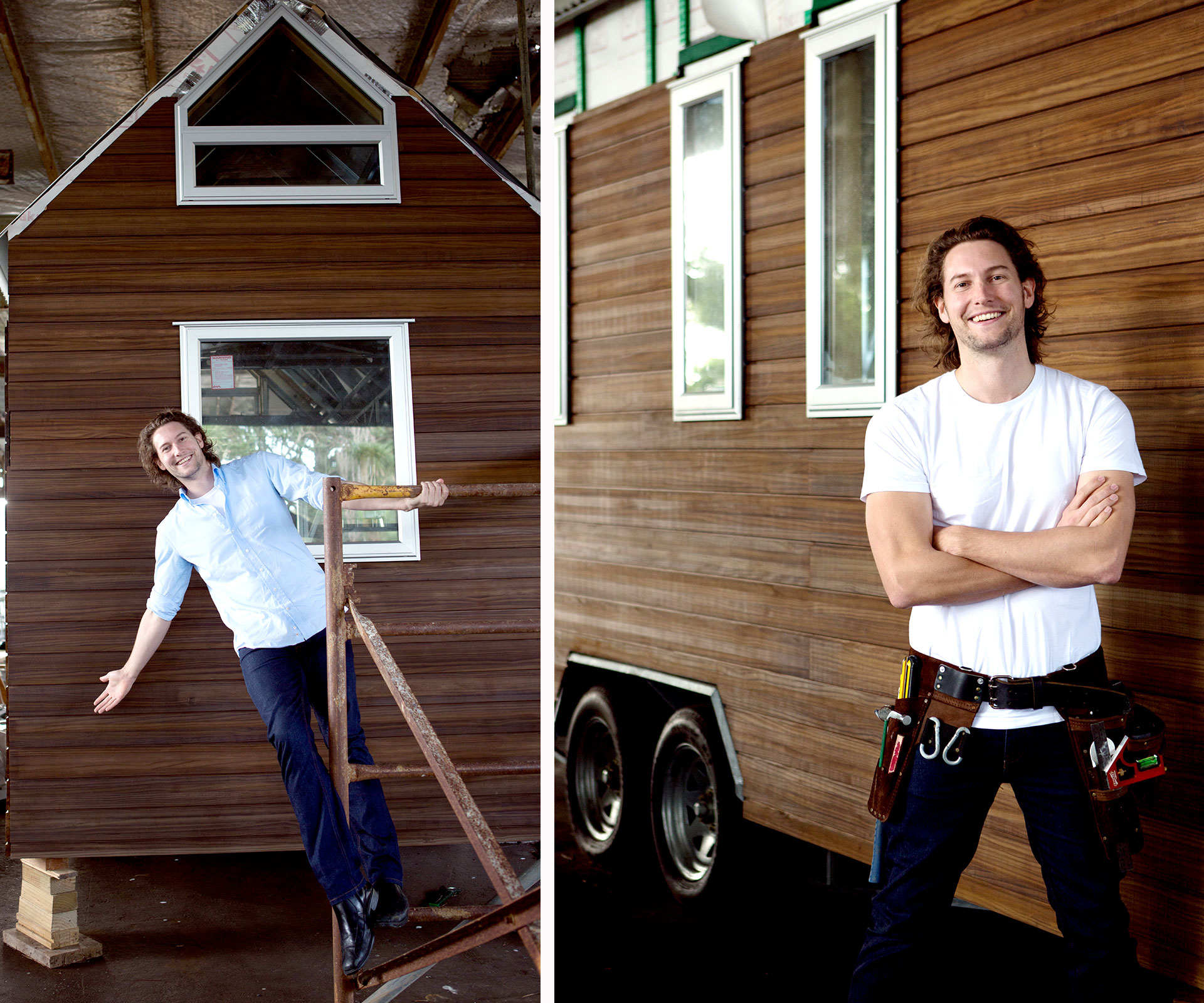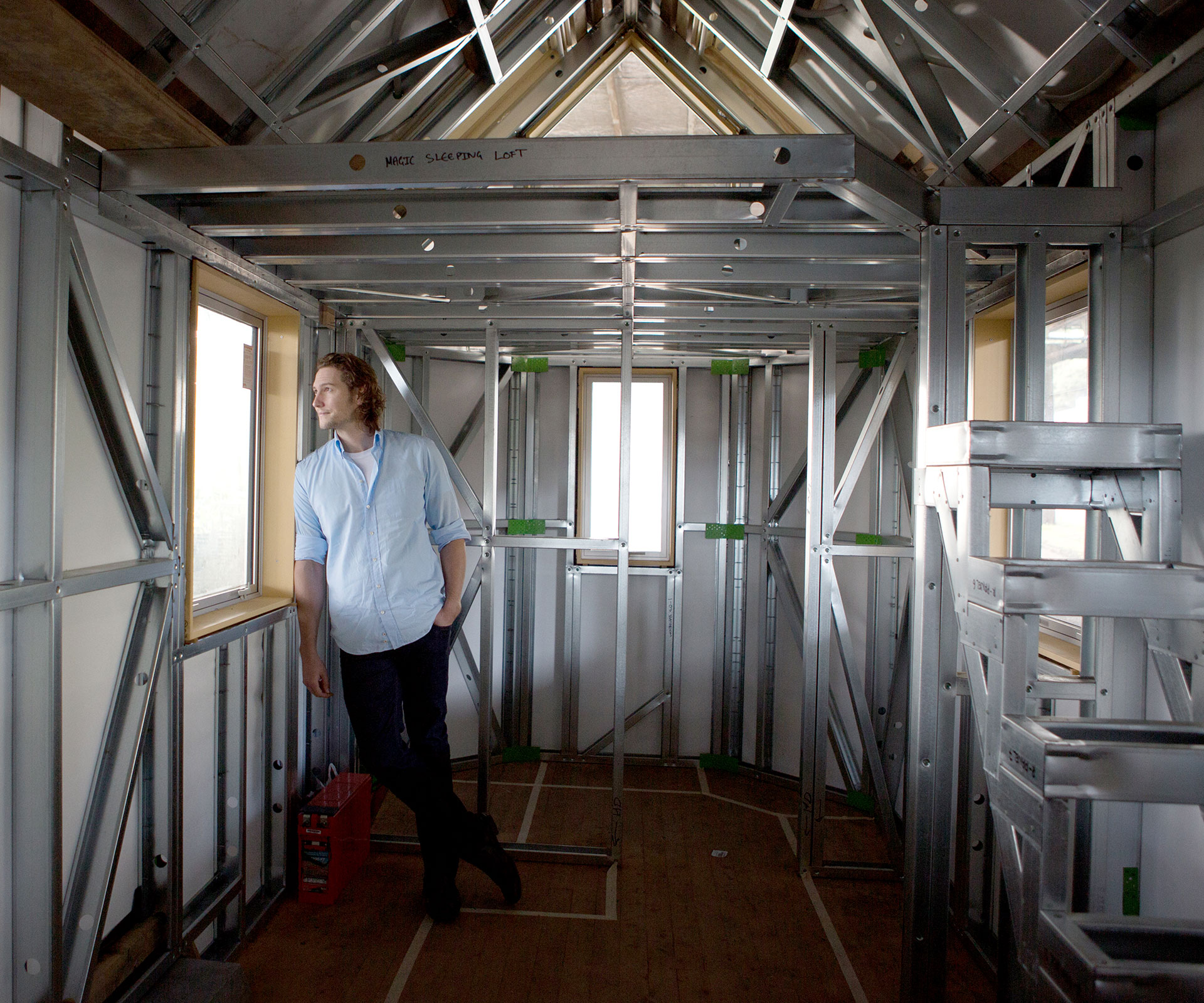Downsizing in the city
When one thinks city, one does not necessarily think small. We’re used to sprawling metropolises, with skyscrapers and tourist attractions and hustle and bustle. But with the world’s population ever growing, and more and more people heading into the cities, our own personal space – and what we can afford to have – is getting smaller. And just like with nano-technology, small now has to equal clever.
“It’s going to be the mark of our time. Not the ice age, or the prehistoric age, but the age of cities. Cities cover something like 1% of the world’s surface area, but consume about 70% of the world’s energy. So the future of civilisation is dependent on how we build our cities.”
As the design champion for Auckland City Council, Ludo Campbell-Reid is one of the visionaries behind the look and feel of our biggest city. And despite being originally from London, Campbell-Reid has quickly developed a love for Auckland since starting at the council in 2006.
“New Zealand is growing up and Auckland, in particular, is learning how to be a city. We’re becoming a young adult and we’re going through the growing pains of that,” says Campbell-Reid. “A city is a real thing, not an object. It has a soul, it has a heart. The CBD is the economic heart, the parks are the lungs, the streets and the pathways are the veins. You have to treat the different parts of the problem.”

Campbell-Reid foresees a new kind of Kiwi paradise. The slick, futuristic type of metropolis we see in movies isn’t necessarily how our cities will evolve.
The biggest problem, he believes, is having to say goodbye to the ‘Pavlova paradise’ of the quarter-acre section – the Kiwi dream most of us have now been priced out of the market for. But Campbell-Reid believes it’s only a matter of changing expectations, and thinking smaller, and smarter.
“There are so many examples of where mankind has responded to crises by being innovative, and the small apartments we’re seeing in places like New York and Tokyo show people are having to build in the most awkward, small, and compromised places. This is a design-led urban renaissance of cities around the world, needing to make things better.”
When it comes to modern cities that have managed the balance of quickly rising populations and diminishing space, Campbell-Reid cites Tokyo, New York and Melbourne as good examples. But his vision for the future Auckland isn’t the sky-grazing tower blocks of apartments seen in cities like Hong Kong, or Shanghai.
The key is beautiful design done on a smaller – and lower – scale. Paris is one of the most densely populated western cities, Campbell-Reid points out, and yet for the most part buildings are lower than six stories high.
“Would you look at Paris and consider it squalid, or horrible living? Density isn’t about height. Auckland needs more buildings that are shorter, but beautifully designed.”
A new construction in Auckland’s trendy Ponsonby area is a good example of this small but perfectly formed design idea. Campbell-Reid describes it as a ‘new Kiwi urbanism’, where the site will be broken into freehold pieces, with different architects and designers for each area. The space will include both retail and residential spaces, creating the kind of community living in a central area that Campbell-Reid believes the new generation of New Zealanders will seek.
“These young people, they don’t want to live in the Pavlova paradise. They don’t have aspirations for the quarter acre section, because it’s boring. They don’t want to own a home, they don’t want to drive a car, and they don’t want a mortgage. I think we’re just seeing a changing of the guard.
“If we can start building some great, inspiring products, you’ll see a shift towards smaller units, people living in apartments, forgoing the big garden and all of that stuff, for the benefits of living close to all the good things a city can offer.”

Bryce Langston is building his own Tiny House with locally sourced materials.
Downsizing at home
There are small apartments, and then there are tiny houses. Built no larger than 10-20sqm, tiny houses are providing the opportunity for New Zealanders to own their homes – albeit small ones. But while the space may be on the limited side, the advantages are only growing.
“People are able to own their own home, without having to own the land they’re on,” says Bryce Langston, an avid environmentalist who set about bringing the Tiny House movement to New Zealand. Built with high-quality materials but on a smaller scale, these Tiny Houses are designed to be small and smart. And they’re growing in popularity with those just joining the property market as well as those who are looking to downsize at the end of it.
“I had one woman come up to me at an expo and say, ‘I’ve just turned 65, I’m leaving my husband and this would be perfect for me,’” laughs Langston. While the Tiny Houses are an achievable way to get started on the property ladder, Langston hopes people will choose it as housing option because it’s sustainable, rather than because it’s all they can afford. “I would love to see the movement happening through a form of conscious awakening, instead of necessity through economic disparity.”
Langston is currently building his own Tiny House, using the principles of the ‘Earthship’ – a sustainable way of building. “All of the materials are locally sourced, they can all be recycled or composted at the end, it creates all its own energy, utilises no fossil fuels, it treats its own waste materials and it grows its own food. It’s a model of the tiny house for the future.”
For more see livingbiginatinyhouse.com.
Words by: Emma Clifton
Photos: Emily Chalk, Thinkstock Images and Supplied


